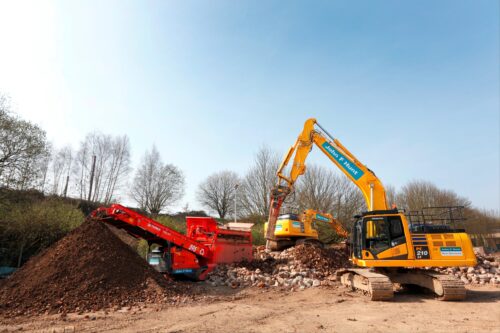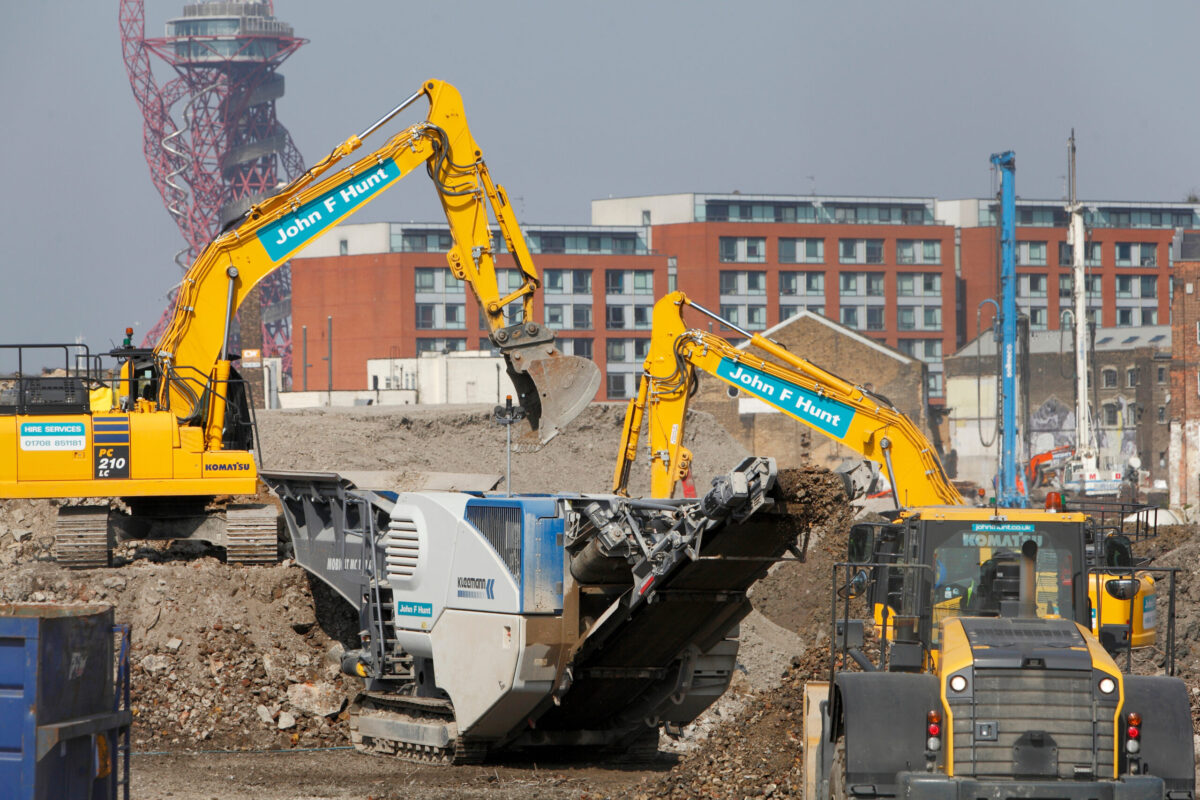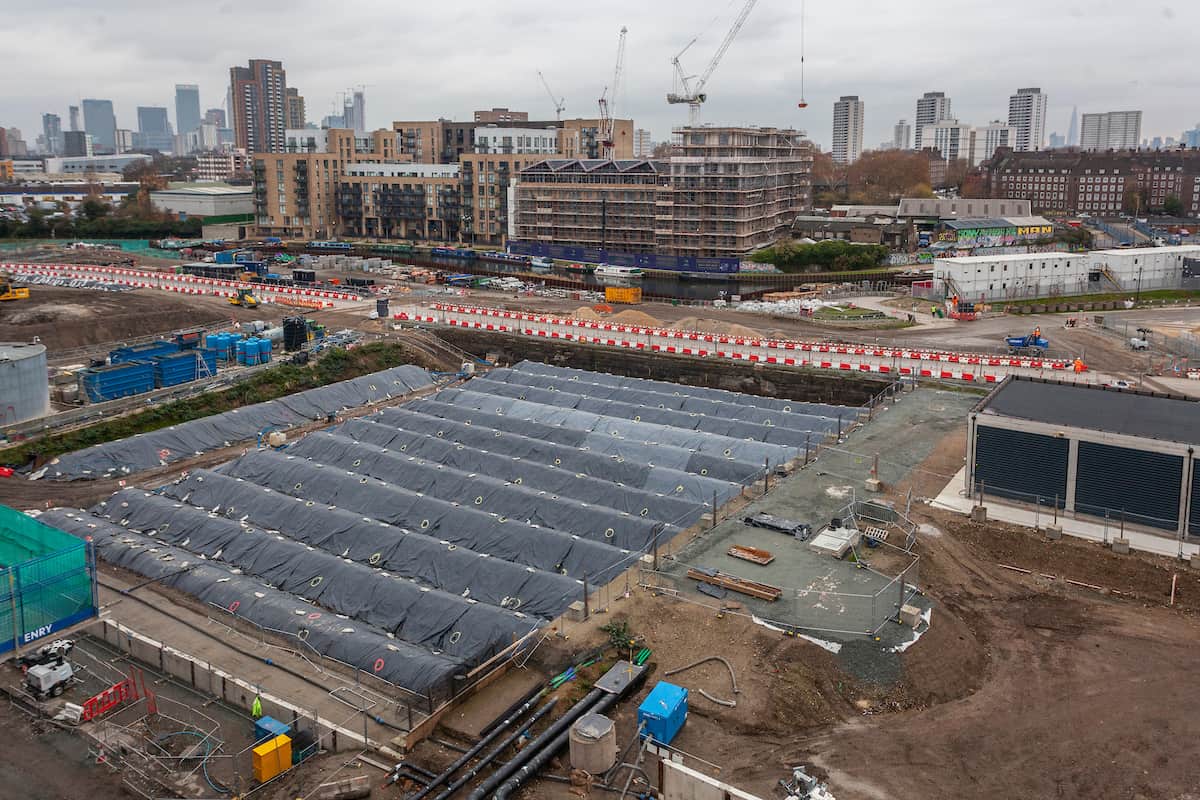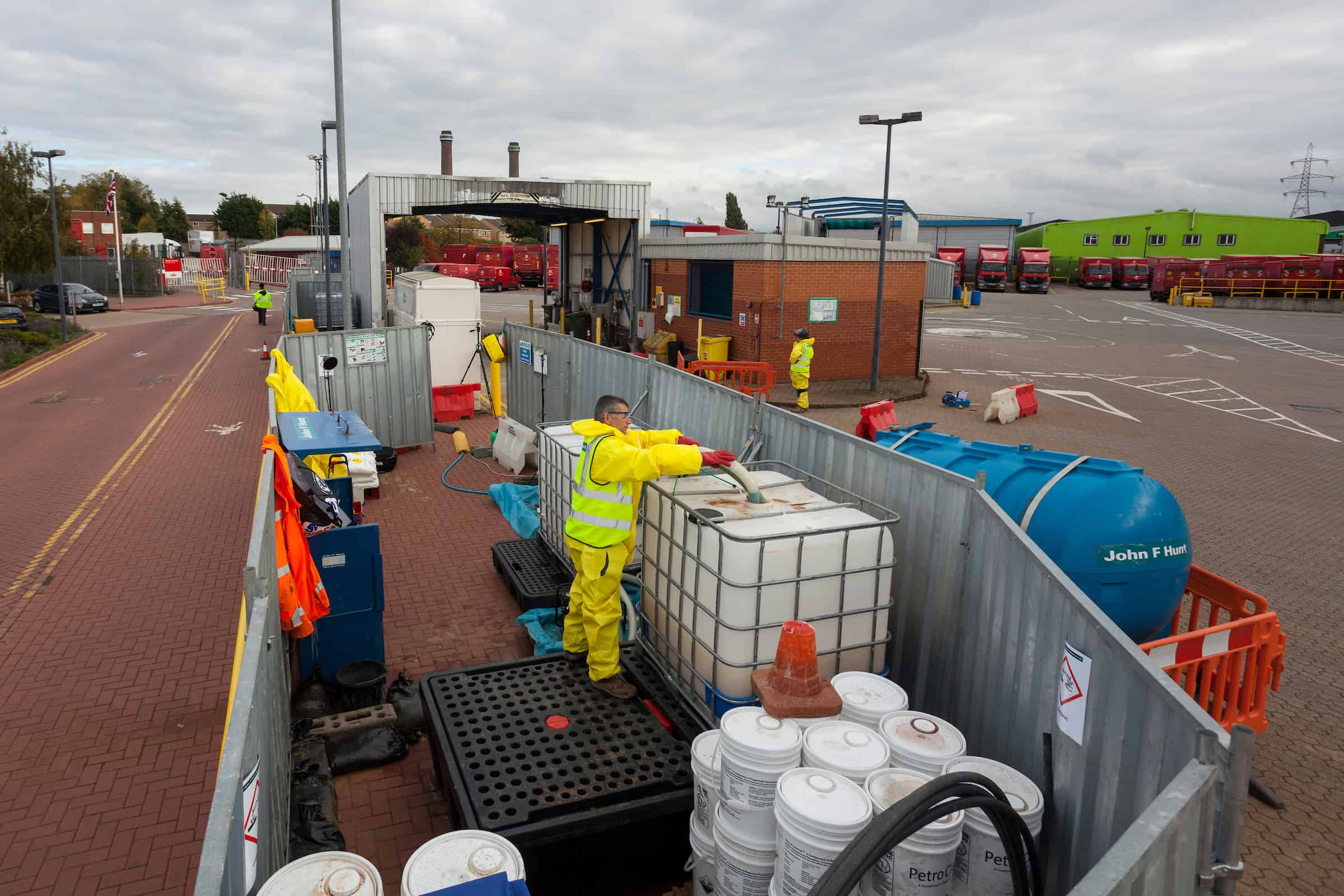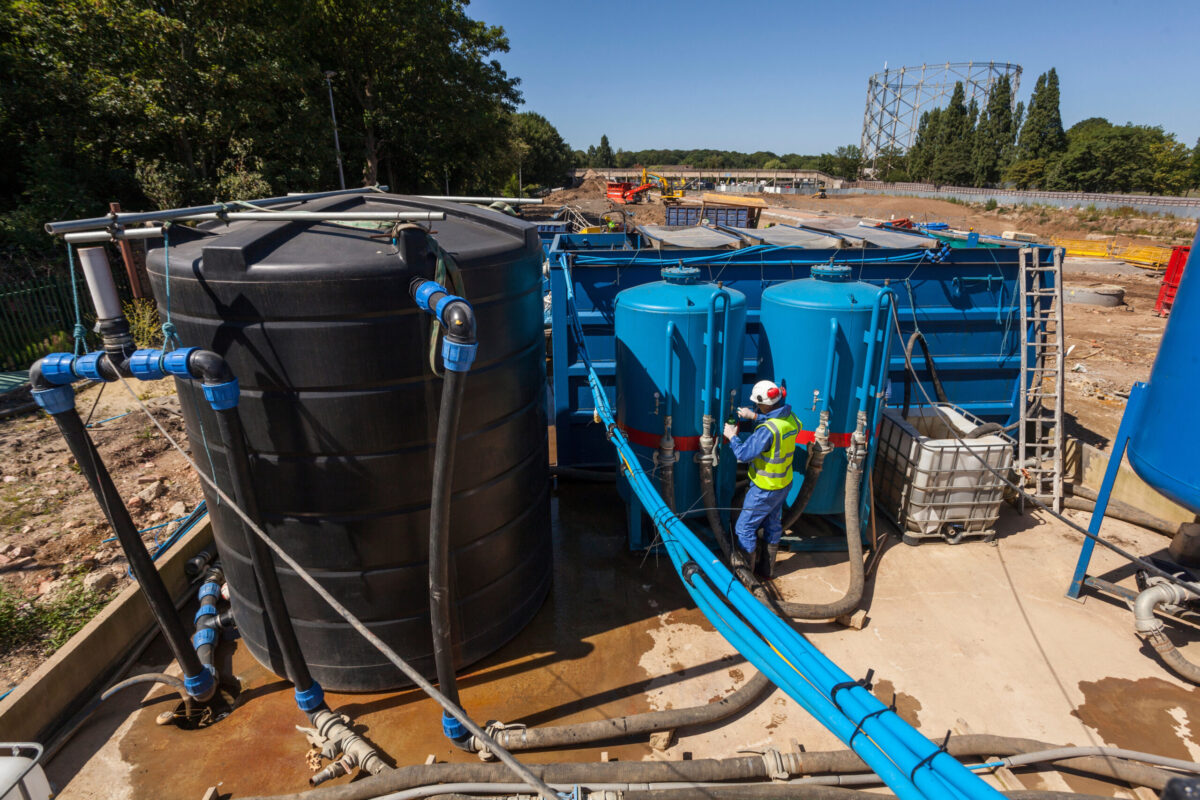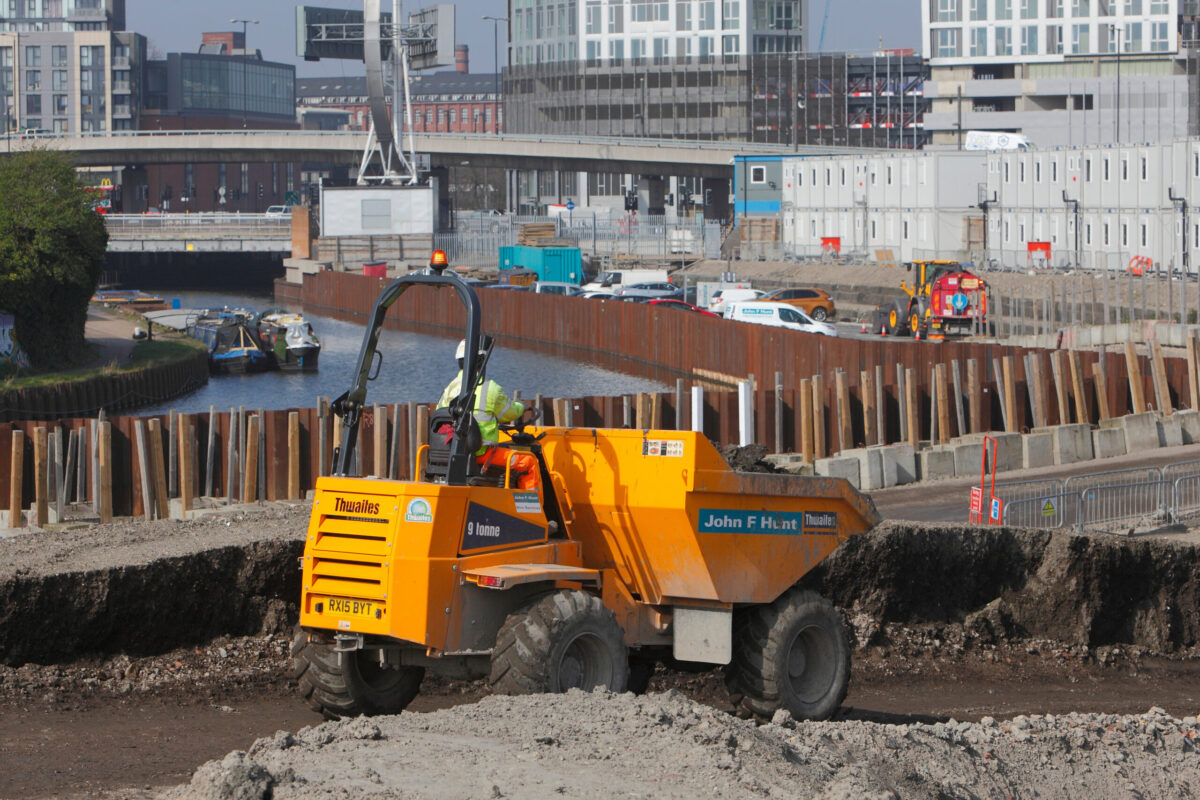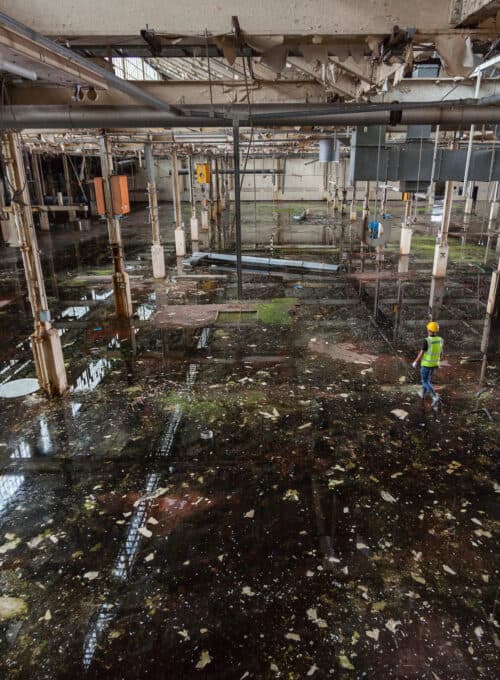Remediation Methods and Strategies
About
Remediation methods and strategies
Once a site investigation has been completed to confirm the location, type and concentration of contaminants present on site your team can start planning on how best to carry out remediation.
However, before choosing a remediation technique, the following is considered carefully:
Contamination type – hazards and physical characteristics
Concentration of contamination
The risks associated with the contamination
Ground conditions, topography, surface and/or groundwater
End use (residential, commercial, etc)
Remediation targets agreed with the regulator
Speed of remediation process
Footprint of technique – some sites are space restricted
Cost
Remediation
Strategy
The remediation strategy is a key part of acquiring planning consent on a brownfield site and gaining regulatory acceptance; it will need to be robust and give the planning authorities confidence. This document clearly defines the aim of the remediation, how best it will be achieved and explains why specific methods have been chosen.
The remediation strategy should be done in collaboration with everyone in the development team – developer, regulator, consultant and contractor. In our experience, this collaborative approach leads to the best development outcome.
We are very happy to support development teams with budgetary and technical advice at planning stage.
Common
Remediation Methods
Remediation can be completed using in-situ (in-ground) or ex-situ (once excavated) methods depending on the specific factors on site. There are pros and cons to both, although some processes can only be carried out either in-situ or ex-situ.
Physical Methods
Methods include selective excavation with sorting and hand picking or soil washing; asbestos containing soils (ACS) require excavation and sorting, whereas metal contaminants can be treated by soil washing. Relatively simple and effective, these methods have been used for many years with great success.
However, these methods do require a considerable amount of plant to be available and can be labour intensive; soil washing requires ample water and sludge storage which can be a problem.
Biological Treatment
Bioremediation is the use of biological activity to degrade contaminants in soil and water. This process relies on augmenting the ground with micro-organisms (bacteria and/or fungi) which use the contaminant as a source of nutrition.
Bioremediation is, therefore, best suited to organic compounds such as hydrocarbons; however more specialised species can be used to remove metals and even radioactive materials. Bioremediation can be completed in-situ but is most commonly completed on excavated materials placed on a treatment pad nearby.
While bioremediation can be extremely effective and cost efficient, the process is slower than physical/chemical methods and requires space to be available for stockpiles of excavated material.
Oxidation
Using strong reactive chemicals ‘in-situ’ to convert contaminants into non-hazardous or less hazardous compounds. This can be a fast and effective method, but care must be taken in its use due to the potential to cause existing pollutants to become more mobile; and also the risks associated with the oxidants themselves.
Soil Vapour Extraction & Air Sparging
These are in-situ remediation technologies whereby a vacuum (vapour extraction) or air pressure (air sparging) is applied to the soil through boreholes, to force air through the soil and remove volatile organic compounds (VOC’s) and some SVOC’s. The contaminated air is extracted and treated. This method is useful for organic contaminants and due to a small footprint can be used on sites with restricted space. However, for vapour extraction or air sparging to work properly, air needs to move freely through the soil so the ground conditions must be relatively dry and permeable.
Soil Stabilisation
This is a soil remediation process by which contaminants are rendered immobile through adding a binding agent such as cement, lime fly ash and organic binders. During this process contaminants are chemically bound or encapsulated into a matrix. This physically breaks contaminant pathways and prevents exposure of receptors.
This is a quick and effective method of remediating contaminated soils. An additional benefit is that it can also improve the structural quality of the soil to enable its reuse on site, thus reducing the amount of clean/structurally suitable materials imported and the associated costs.
While cost effective and proven in the field, stabilised material must be tested post-treatment to confirm its performance as a suitably stable material for re-use.
It is important to recognise that any contamination originally present in the soil remains in place; although this is chemically/physically bound-up, the remaining presence of contamination can lead to long-term warranty/liability issues.
Pump & Treat
A very common method used to remediate contaminated groundwater, which is pumped to the surface and treated. The treated water is then discharged as per the site consent, stored and sent offsite or reused on site if suitable. Most groundwater contaminants can be treated using this method and many sites have been successfully remediated by pump and treat.
While very successfully used for the remediation of many projects over the years, it potentially generates unwanted/difficult waste products that must be disposed of carefully. Also, if the subsequent treatment technology isn’t wisely chosen, the remediation process can be slower than anticipated.
Asbestos In Soils & Demolition Materials
Asbestos containing materials (ACM’s) are commonly found on industrial legacy sites. Fragments fall to the ground and become mixed within the soil leading to asbestos containing soils (ACS) – this becomes a complex contamination issue that must be managed extremely carefully.
Poor management of ACS/ACM contamination can result in complex regulatory problems, reputational damage, programme delays and escalating costs.
Works must be completed in compliance with the Control of Asbestos Regulations (2012) using “appropriately trained staff” under a Notifiable Non-Licensable Works (NNLW) Notification. In some cases, works must be carried out using a Licensed Asbestos Contractor.
Our significant experience of working on industrial legacy sites has allowed us to develop a legally compliant, safe but pragmatic system to manage ACM’s and asbestos containing soils.
Through selective excavation and careful sorting with subsequent stabilisation/encapsulation, we can minimise the volume of ACM taken off site. This minimises regulatory risk and reduces disposal costs; it is also preferable environmentally.
Extreme care is taken to negate any risk of asbestos fibre release using fully compliant abatement techniques. These controls are backed up through reassurance testing by trained staff using HSE-approved techniques and independent UKAS accredited testing laboratories.
We have full in-house capability to manage asbestos contamination – remediation, removal, reassurance testing, air monitoring, laboratory testing.
Get in Touch Today

